Our purpose and strategy
Our purpose is Helping Britain Prosper.
Discover more about the bank’s early days in Birmingham, its extraordinary growth, and its technological innovations.


Lloyds Bank started life as Taylors & Lloyds in Birmingham in 1765. It was founded by Sampson Lloyd, John Taylor and their two sons. Sampson and John were already well-established businessmen before they set up what was Birmingham’s first bank.
For its first 99 years, the business thrived from just a single office. During this period, Birmingham became the powerhouse of the Industrial Revolution, and was known as the ‘workshop of the world’. Taylors & Lloyds played a key role in financing trade and industry in and around the town. Customers reflected Birmingham’s industries, and included iron founders, button makers, buckle-makers and gun makers.
Between 1864 and 1918, Lloyds Bank expanded from just one office to become one of the largest forces in UK banking.

In 1864, Lloyds & Company as it was then known, opened its first branch, just outside Birmingham. A year later it converted to a joint-stock bank and was renamed Lloyds Banking Company.
Having previously been owned and run by just a few partners, it now had shareholders, a board of directors and a much larger capital base. This marked a period of extraordinary expansion, with the company taking over more than 50 banks, large and small, over the next five decades.
At the end of the First World War, Lloyds Bank had its biggest merger, with its take-over of Capital & Counties Bank. This signalled the bank’s arrival as one of the largest on the high street.

The black horse is the recognised emblem of Lloyds Bank throughout the world.
In 1884, Lloyds absorbed the Lombard Street bank of Barnetts, Hoares & Co. It’s from this bank that we inherited the famous black horse.
But the horse itself is even older, dating back to at least 1677. It was used by goldsmith Humphrey Stokes, also of Lombard Street, who numbered diarist Samuel Pepys among his customers.
Lloyds Bank first used a real horse in its advertising campaigns in 1979. Cancarra was the best known, appearing in adverts between 1989 and 1996. Other horses have included Beatos, Dante, Tarantino and Imperator.
The story of Lloyds Bank is closely interwoven with that of the UK, as it has changed, adapted and innovated in response to external events.
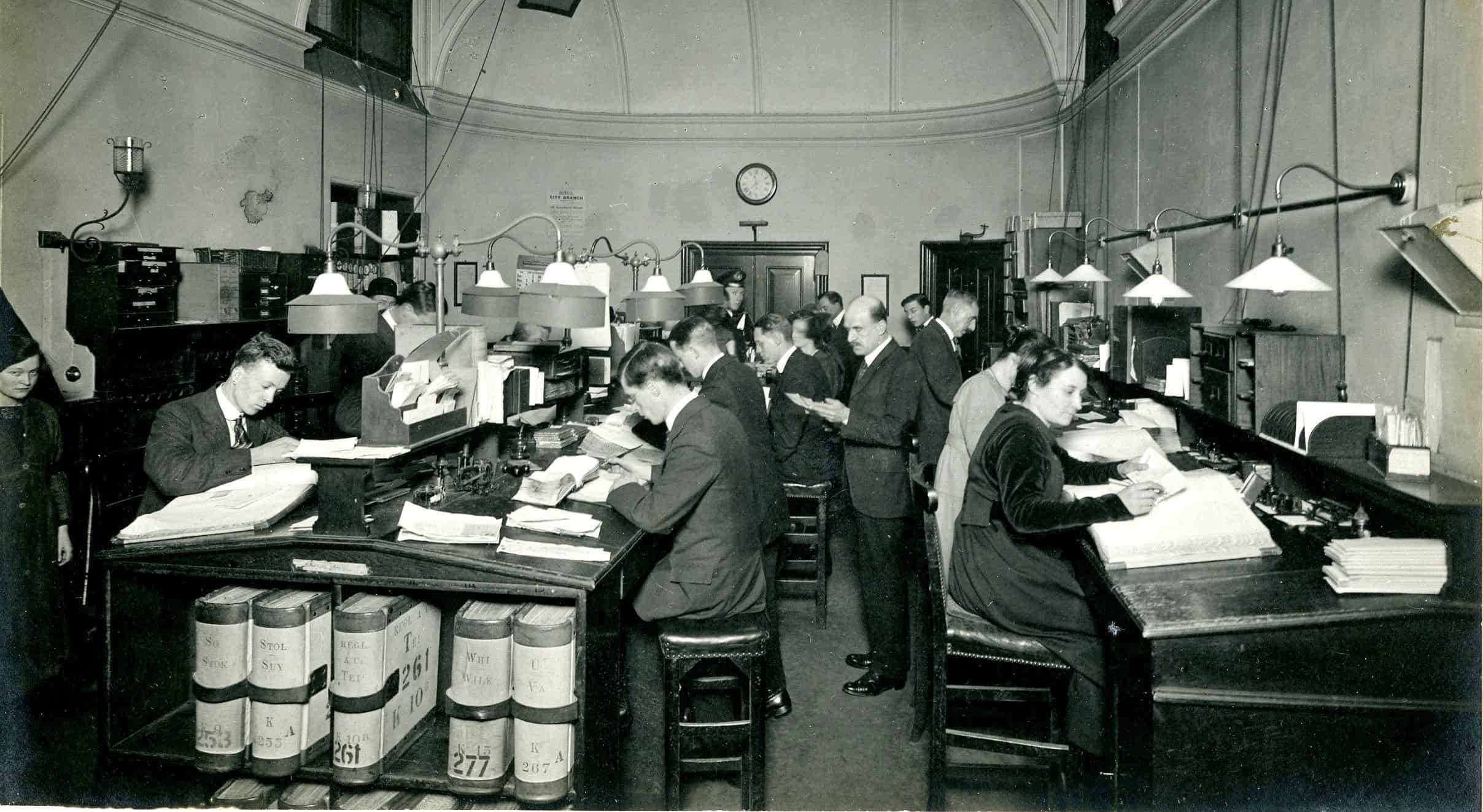
The 20th century was a century of extraordinary change. For Lloyds Bank one of the most far-reaching changes was the employment of women in large numbers for the first time, during the First World War.
In 1914, there were just six women on the payroll. By 1918, there were over 3,500 female colleagues, around a third of the workforce.
It changed the face of banking forever, as the women came in to replace the men who had gone off to fight.
Brought in originally as clerks, women gradually rose up the career ladder, with the first female branch manager appointed in 1970. Today the Group is committed to a gender diverse workforce and has set ambitious targets for women in senior roles
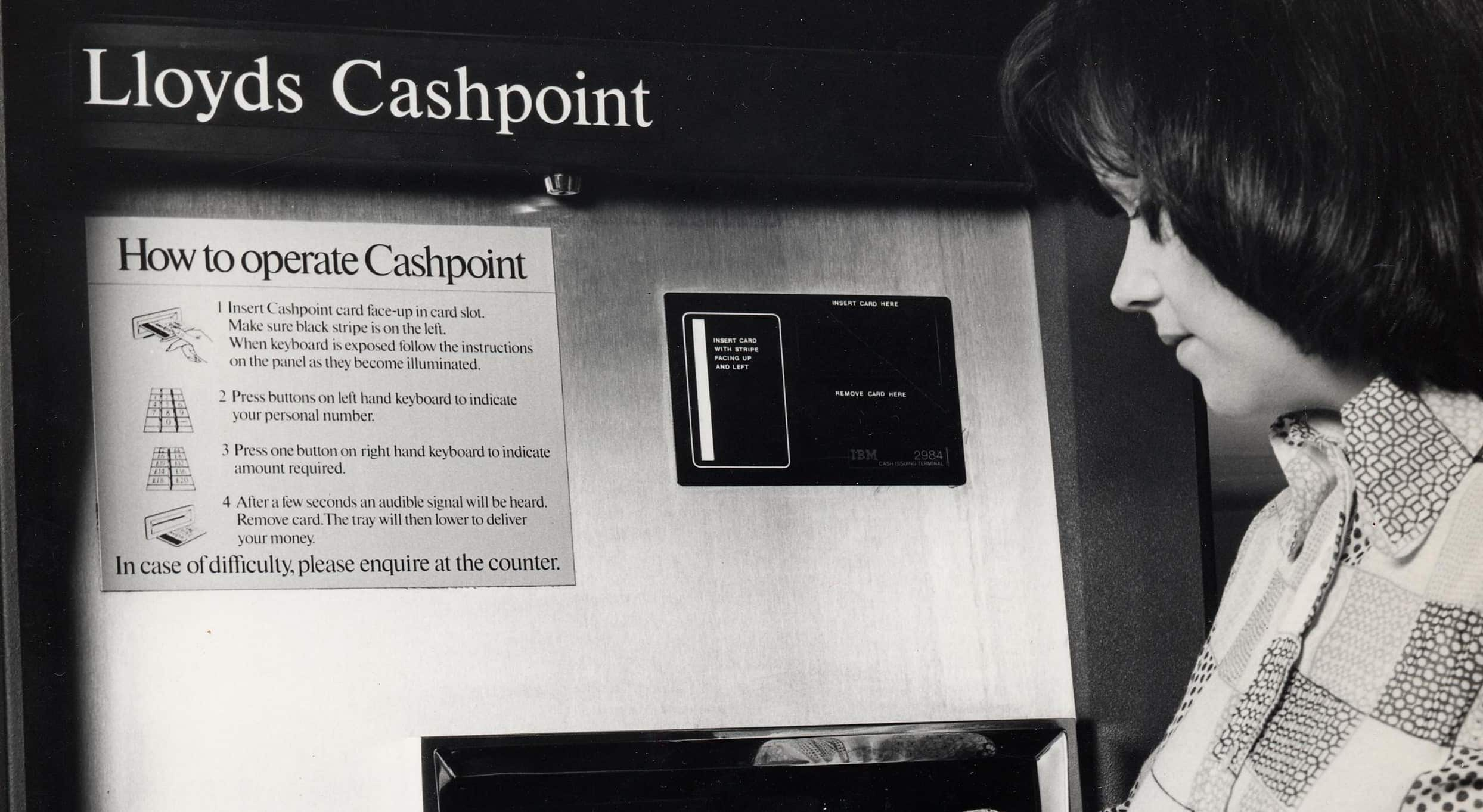
The 20th century was a time of huge technological advancement. Until mechanised accounting began at Lloyds in 1929, banking processes had remained largely unchanged since the 1700s.
The first computer was installed in 1962. It was so large they had to install scaffolding and take out a window to get it into the branch.
In 1972, the first Cashpoint machine was installed, in Brentwood, Essex. The Cashpoint was the UK’s first online real time ATM. It issued variable amounts of cash and immediately debited the amount from the customer's account.
In 1998, we launched our internet banking service. And it became possible to bank on the move when we introduced our mobile app in 2011.
A lot has changed during the 300 year history of our brands and while we have much within our heritage to be proud of, we can’t be proud of it all. Like any institution that is so interwoven with our country’s history, we must acknowledge and learn from our past.
The Lloyd family were Quakers and, as such, family members were actively involved in the movement to abolish the transatlantic slave trade. John Lloyd, one of the sons of Sampson Lloyd II, one of the original founders of the bank, was heavily involved in the movement. It’s difficult to say whether early customers had connection with the slave trade, as very few customer records have survived. However, customers included those involved in the iron trade as well as gun makers. Birmingham became the main supplier of ironware and guns to Africa, which would have been used by slave traders.
Between 1865 and 1923 Lloyds took over around 50 banks — some 200 in total, as these banks had taken over other banks. There’s evidence in our archive of some links to slavery.
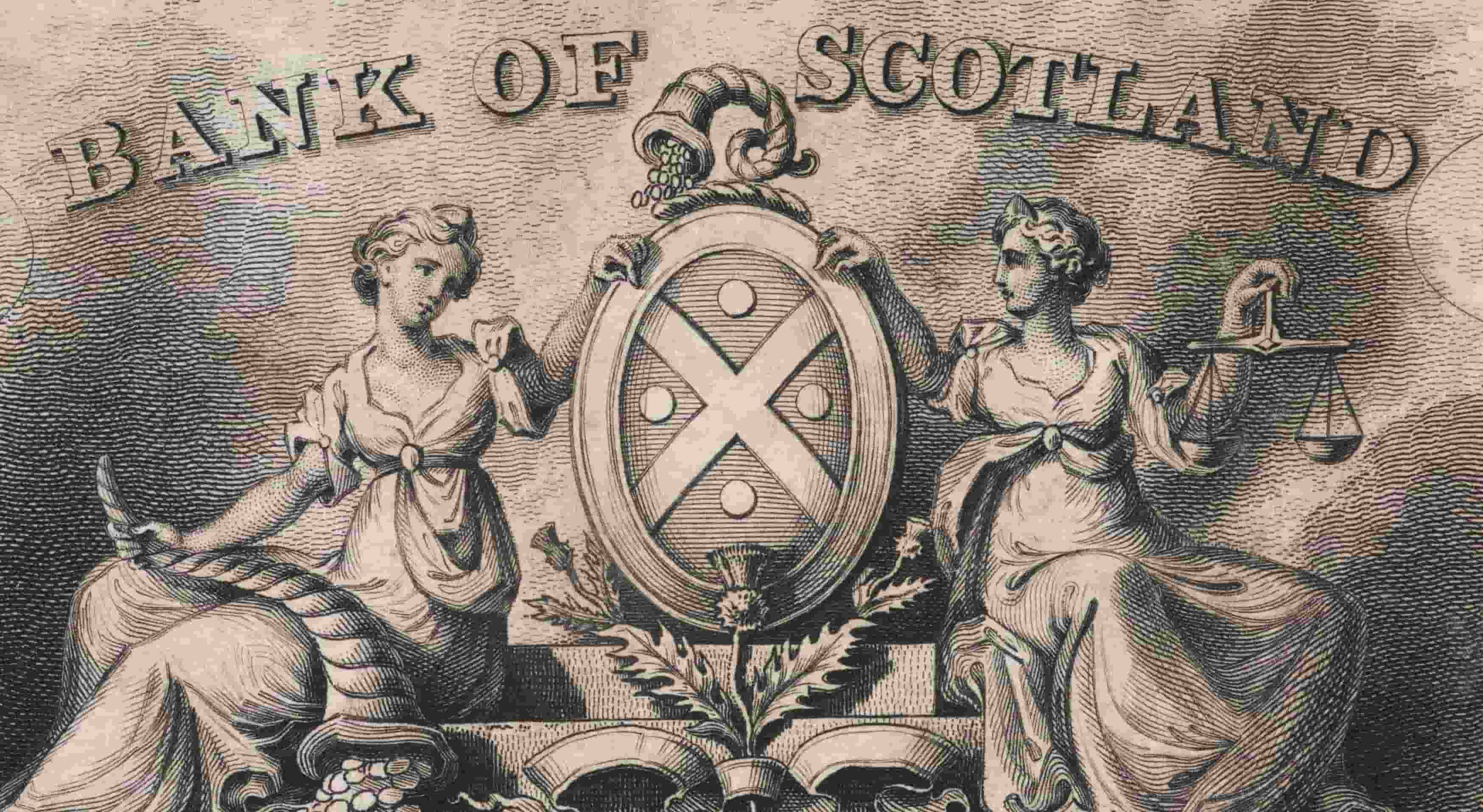
Bank of Scotland was founded in 1695, by an Act of the Scottish Parliament - making it Scotland's first and oldest bank.
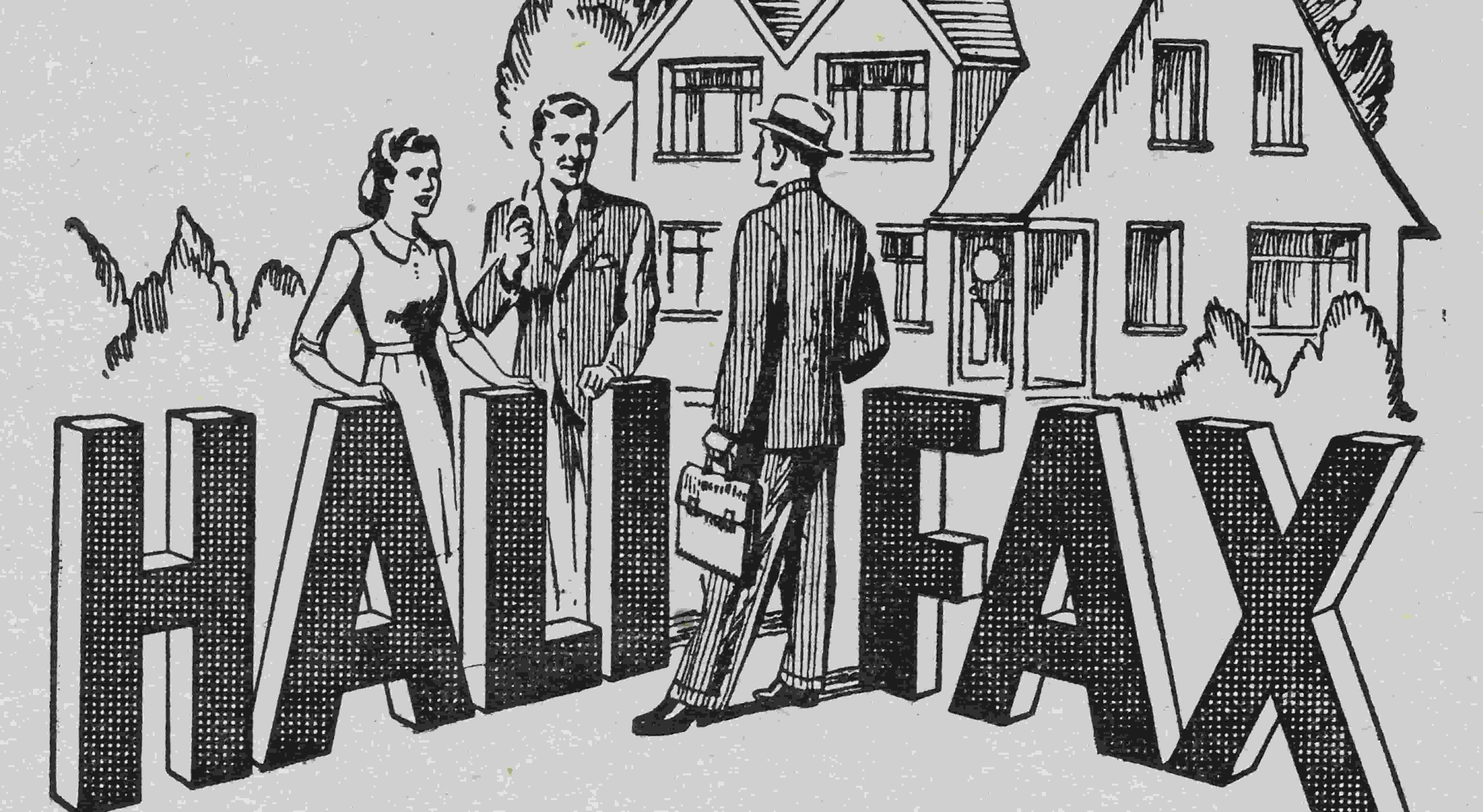
Founded in 1852, the Halifax is one of the UK's best known companies.
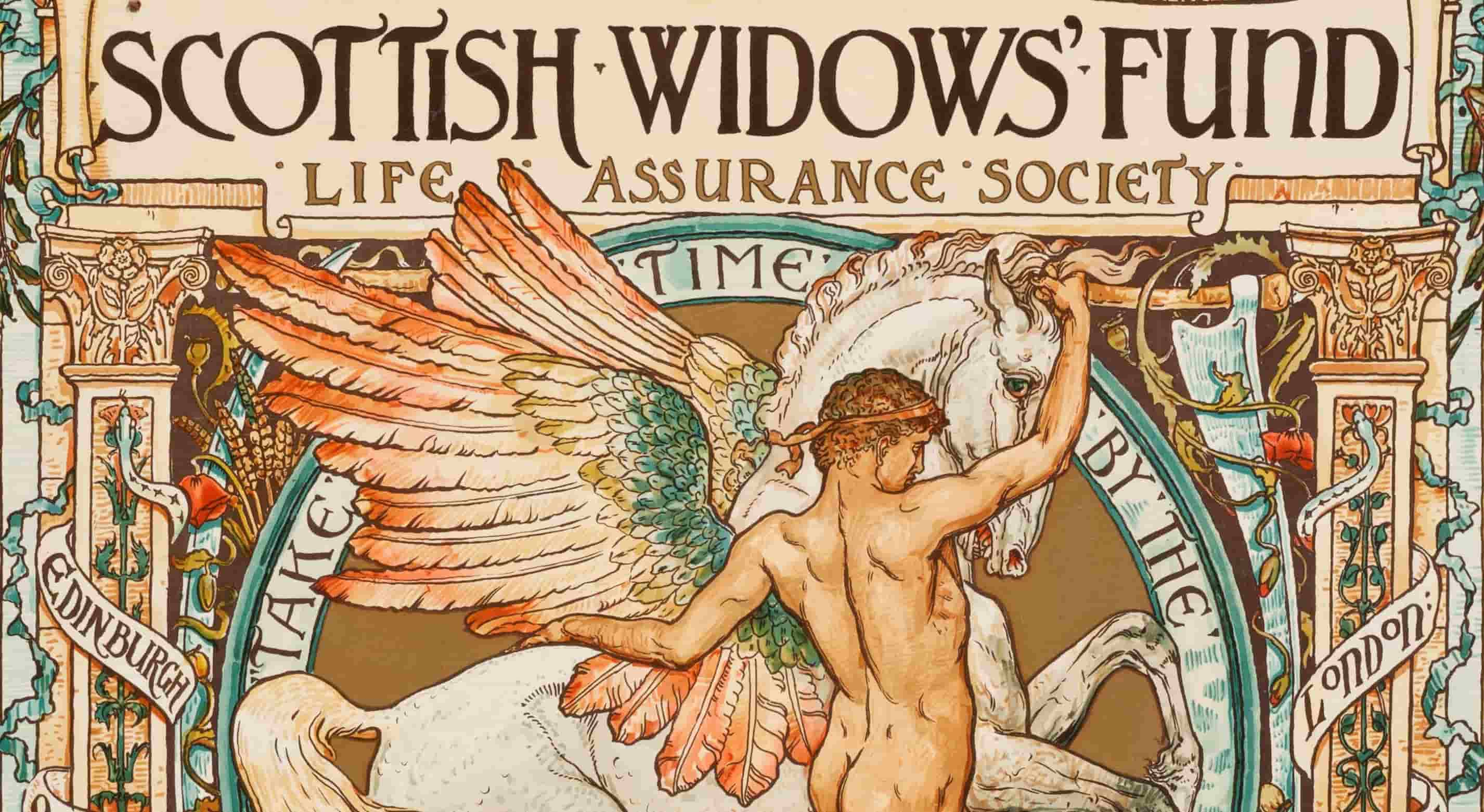
Scottish Widows' Fund and Life Assurance Society was established on 29th July 1814.
Our museum is located in Edinburgh, in the Scottish Headquarters of Lloyds Banking Group. It charts the history of banking in Scotland, and explores the theme of money in all its shapes and forms.